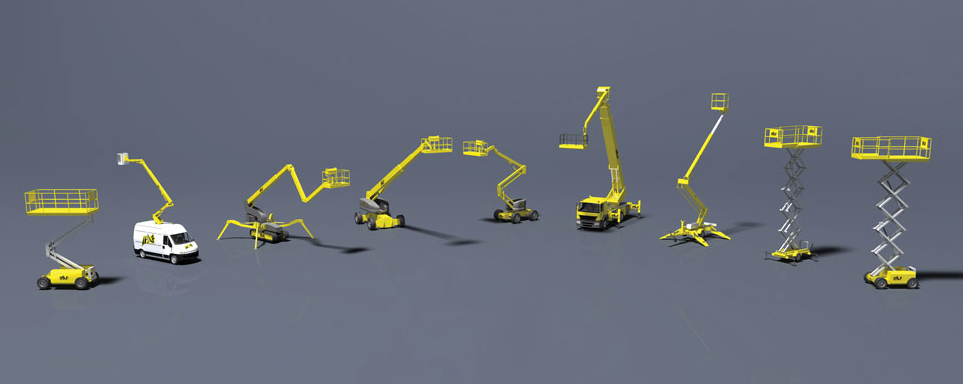US Government Explores Financing for Techo International Airport Project
The United States government is evaluating potential financing options for the construction of the Techo International Airport in Takhmao, with the first phase scheduled to open on July 10, 2025. This development was reported by Nikkei Asia on May 16, 2025. According to sources, the U.S. Development Finance Corporation (DFC), an agency under the Department […]
Singapore Resumes Construction of Changi Airport’s Largest Passenger Terminal After Pandemic Delay
In a significant milestone for Singapore’s aviation sector, the construction of Terminal 5 (T5) at Changi Airport has officially commenced following a two-year pause brought on by the COVID-19 pandemic. The groundbreaking ceremony, which took place on May 14, 2025, was graced by Prime Minister Lawrence Wong. Prime Minister Wong highlighted that the new terminal […]
UAE Eyes Investment in Cambodia’s Infrastructure and Ports
A delegation from Abu Dhabi Ports met with senior officials from Cambodia’s Ministry of Public Works and Transport today to explore investment opportunities aimed at enhancing the nation’s infrastructure and logistics capabilities, particularly in the realms of land and water transport, including port development. The high-profile meeting featured HE Heng Nan, Secretary of State for […]
Exciting Development: Green Tourism Infrastructure Construction Begins at Khnang Phsa Mountain
In a significant milestone for the local tourism sector, the Ministry of Environment has officially commenced construction on vital infrastructure aimed at promoting green tourism in the picturesque Khnang Phsa mountain area. The groundbreaking ceremony, led by the esteemed Minister of Environment, HE Dr. Eang Sophallet, marks the beginning of an ambitious project that promises […]
Cambodia and the United States Commit to Expanding Bilateral Trade Relations
In a significant move to bolster economic ties, Cambodia and the United States have engaged in constructive discussions focused on enhancing bilateral trade and investment. This initiative was highlighted during a series of meetings on May 15, 2025, involving His Excellency, Deputy Prime Minister Sun Chanthol, and U.S. Congresswoman Carol Miller, as well as […]
ADB Unveils USD 10 Billion Investment to Realize ASEAN Power Grid Vision
In a bold move that could reshape the energy landscape of Southeast Asia, the Asian Development Bank (ADB) has announced a groundbreaking investment plan of up to USD 10 billion aimed at realizing the ASEAN Power Grid initiative. ADB President Masato Kanda made the announcement during a meeting of the Board of Directors in Milan […]



 ខ្មែរ
ខ្មែរ







